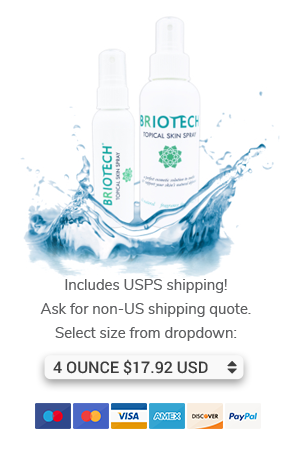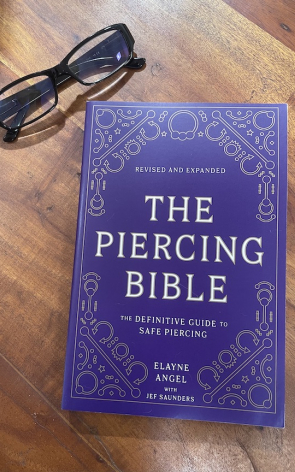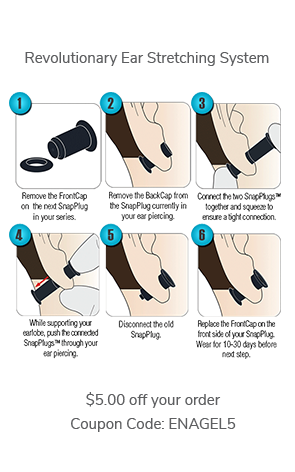Today I received this query in the comments section of one of my posts:
HI! I am 44, and have been considering a VCH for a while now, and find that most of the research I have done has led me to you and Rings of Desire. I appreciate your expertise, and any time you could give to address my questions. Hubby and I will be attempting the q-tip test today, and I hope to email you a pic of that for your expert advice (if that's ok). I have no real local resources (small midwestern town).
1. How do I determine what size jewelry to buy? I need to use 14k gold (metal allergy issues with anything else) and I assume not all shops carry 14k. Maybe that's a bad assumption, but I'm guessing I'll buy in advance and take it to the shop with me -
2. Will I be able to change the jewelry myself (or can my hubby) if i want to increase size, or will I need to return to my piercer?
3. I've heard the phrase "growing out" - what exactly does that mean?
Thank you so much for your time! I look forward to hearing from you, and would love to know if you would look at my photos, if hubby can get any good ones!
All best, Liz
Hi Liz,
Sounds like you have LOTS of questions that will all be answered in detail by my book. You can pre-order it at a discount on Amazon.com.
Below you will find some brief answers to your questions to tide you over:
1. I would not suggest buying jewelry in advance. A piercer with a quality studio will stock a wide range of suitable styles, sizes, and materials. You should not need to determine the size--your piercer should know EXACTLY what you need for your build and suggest the size for you. It is not uncommon to start with more basic jewelry and get gold once you know what size you want to wear, because after healing, you have more options.
The implant grade steel and titanium are very inert and good metals to use for fresh piercings. Gold in 14 or 18 K is good, but only when it is alloyed specifically for biocompatibility. There is a lot to know if you want to wear gold. There are literally chapters full of information to thoroughly answer these questions and provide other crucial information you should have before embarking on a genital piercing.
2. After your piercing is well healed, your husband can change your jewelry (if he has reasonable dexterity and hand-eye coordination). There are complete instructions for changing jewelry and stretching piercings in The Piercing Bible.
3. When properly placed in appropriate tissue and the right size, style, and quality of jewelry is worn, migration and rejection are not at all common with a VCH piercing. Below is a short passage from The Piercing Bible about the subject:
Migration and Rejection
Two rather distinctive piercing complications are migration (the piercing moves from its initial placement, then settles and heals in a new location) and rejection (the jewelry is expelled completely from the body). The piercing is likely to migrate when unsuitable or insufficient tissue is pierced, or if your jewelry is too small in diameter, thin in gauge, or of poor quality. Inexperienced and untrained piercers often make these errors. Migration and rejection can also result from using a harsh aftercare product, following poor health habits, or experiencing excessive physical trauma or emotional stress during the healing process. And, unfortunately, sometimes even when everything is done properly, a piercing will migrate or reject for no known reason. This is simply a risk of placing a foreign object through your skin: it may not stay in the desired position.
Take care,
Angel




